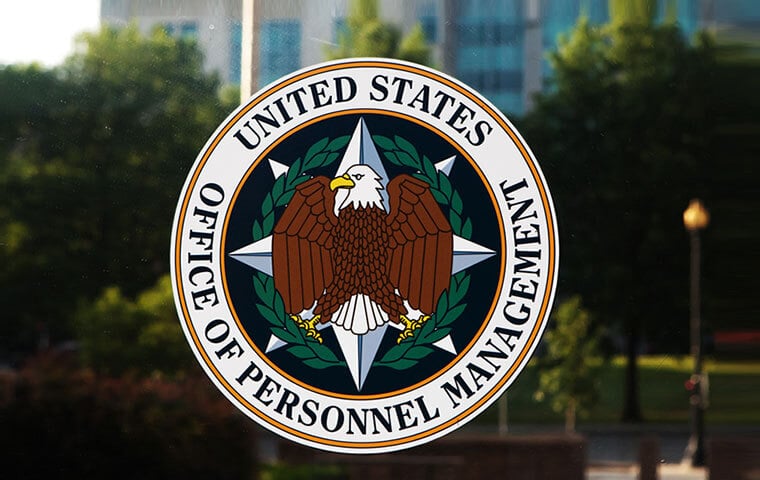 Improving the hiring process and reducing the federal real estate footprint remain key goals. Image: Mark Van Scyoc/Shutterstock.com
By: FEDweek Staff
Improving the hiring process and reducing the federal real estate footprint remain key goals. Image: Mark Van Scyoc/Shutterstock.com
By: FEDweek StaffAgency priority goals from OPM and GSA for the fiscal 2024-2025 cycle largely mirror those of the 2022-2023 cycle, for example with the former agency continuing a focus on improving the hiring process and the latter continuing one on reducing the federal real estate footprint.
Those agencies and others have posted on performance.gov their final quarterly summaries of initiatives under the prior cycle, which ended last September 30, along with the new goals. They are the only two of the central agencies on federal workforce matters that are included in the agency priority goal program.
OPM is continuing prior goals regarding hiring to “promote a data-driven hiring process”; “capitalize on new workplace flexibilities to recruit and retain talent”; “develop diversity, equity, inclusion and accessibility dashboards”; and “support critical and urgent recruitment and hiring.”
OPM’s other two priorities also are being carried forward, to “close gender and racial pay gaps in the federal government” and to “improve health insurance selection customer experience.”
GSA meanwhile said its goals continue to be to: “optimize” its real estate portfolio by “increasing the disposal of underperforming assets and reducing leased real estate costs by procuring the best lease deals possible while terminating unneeded leased space”; increase the use of login.gov to make it “the public’s one account for accessing government services online”; and promote the use of zero-emission vehicles in the federal fleet.
OPM Guidance Addresses Pay Issues arising During, After Shutdown
Financial Impact of Shutdown Starts to Hit Home; WH Threatens No Back Pay
Threat of RIFs Hangs Over Federal Workforce as Shutdown Continues
Surge of Retirement Applications Is in the Pipeline, Says OPM
OPM Advises Agencies on Conducting RIFs During Shutdown
Shutdown Stalls Hegseth’s Reforms on Two Fronts as Pentagon Accelerates Cuts
See also,
5 Steps to Protect Your Federal Job During the Shutdown
Over 30K TSP Accounts Have Crossed the Million Mark in 2025
The Best Ages for Federal Employees to Retire

